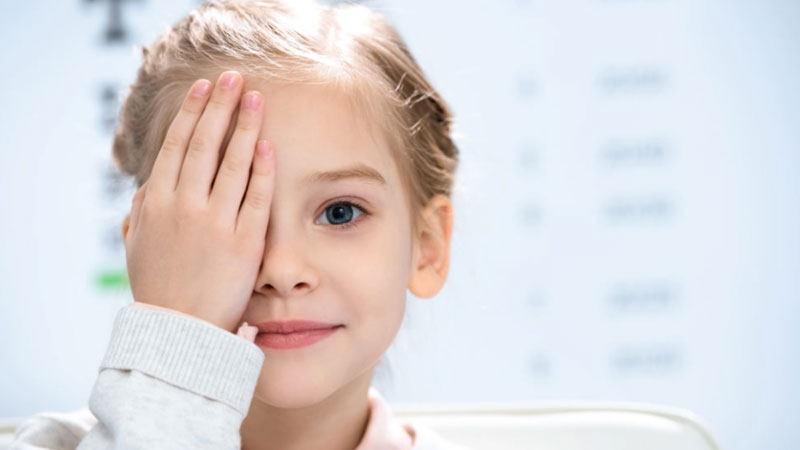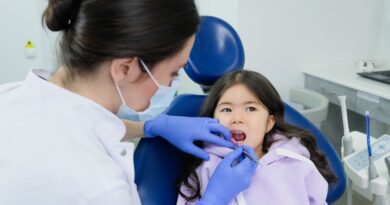Clear As Day: Most Common Eye Issues In Young Children
During the first year of their life, children will develop full vision in each eye. Although young babies are unable to see beyond a few feet, this is a completely normal thing as they sometimes are not able to recognise faces from a distance for the first few months. In these early years of their life, a child’s vision is important to them as it helps to discover more about the things around them, such as their home, their family even shapes and colours.

Whilst most young children have their eyesight checked as part of routine development assessments, they are not as thorough as a full eye test conducted by a qualified optician. As such, many opticians strongly recommend that parents have their children’s eyes assessed from a young age.
When it comes to their vision, toddlers can face numerous problems ranging from infections to their ability to see things from a distance. Here’s a list of some of the most common eye issues that young children may face.
Amblyopia (or Lazy Eye)
Medically known as amblyopia, lazy eye is a childhood condition in which the vision does not develop properly and also impacts their visual acuity. Although it only affects one eye, it does mean that the child sees less clearly out of the affected one and so relies a lot more on their other eye.
With young children, especially toddlers, then they might be unaware that there is anything wrong with their vision as having a lazy eye does not cause any symptoms. In addition to this, if a toddler is experiencing any issues, then they are usually unable to explain what the issue is.
Conjunctivitis (or Pink Eye)
More commonly known as pink eye, conjunctivitis is an extremely common eye condition in toddlers. Conjunctivitis can appear in three various forms, each with differing causes. Allergic conjunctivitis can be the result of irritants like mould and pollen. Bacterial conjunctivitis is caused by bacteria, whereas viral conjunctivitis is caused by viruses such as the common cold. Fortunately, there are a plethora of resources available which share advice on what the best treatment for conjunctivitis is, but also how to avoid it from spreading.
Allergies
Eye allergies can affect everyone of all ages. Similar to allergic conjunctivitis, eye allergies can be triggered by things such as pet dander, mould and also plants and pollen. One sign that your toddler could potentially be experience allergies, is if you notice that their eyes are watering, they appear to be dry or even irritated.
Cataracts
Although cataracts are more commonly known to affect older adults, some babies are born with this eye condition. The eye disease occurs when there has been a change to the lens of the eye, which causes it to become less clear.
With children, the condition can develop at a young age and is referred to as childhood cataracts. Whilst it is rare for both babies and children to develop the disease, it is estimated that three and 4 in every 10,000 children in the UK is affected. There are numerous reasons as to what causes cataracts in children, as well as how to treat it.



